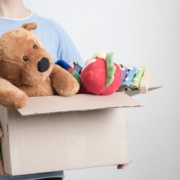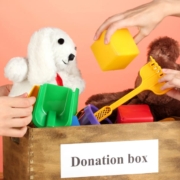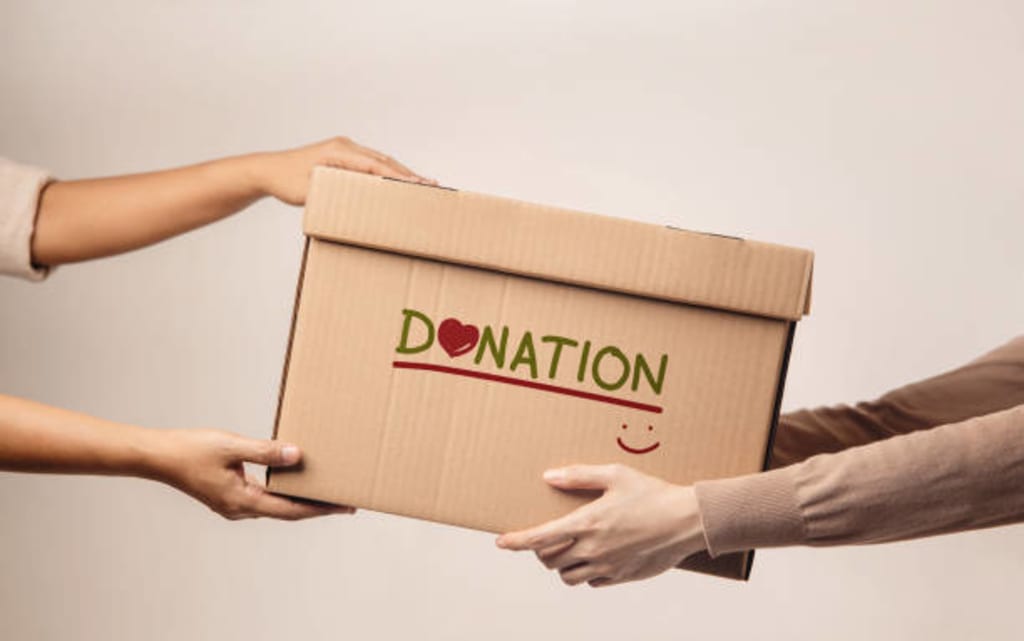The Dos and Don’ts of Donating Children’s Toys
Donating toys is a kind and thoughtful way to help children who may not have much. Each year, families, schools, and local groups come together to give joy through toys. It’s a simple act that can make a big impact. However, it’s important to know that not all toys are accepted. Many organizations only allow toys to donate that are brand new and unused.
This is because of strict health, safety, and hygiene rules. Used toys may carry germs or be missing parts, which could be dangerous for young children. That’s why knowing what to do and what to avoid is so important. Whether you’re preparing for a holiday drive or donating for a cause close to your heart, following some basic guidelines will make sure your gift reaches the right hands and brings a smile.
Why New Toy Donations Matter
New toys are safe, clean, and ready to use. Organizations that serve children often cannot accept old toys due to hygiene and safety rules. A brand-new toy can bring happiness without risk. It also saves time for the staff who prepare donations for families.
The Dos of Donating Toys
Donate Only New and Unused Toys
Make sure every toy you donate is brand new. It should be in its original packaging, unopened, and undamaged. This ensures the toy is safe and clean for children.
Choose Age-Appropriate Toys
Think about the age range of the children receiving the toy. Buy toys that are safe and fun for babies, young kids, or teens. Avoid items with small parts for toddlers.
Support Local Drives and Programs
Look for local toy drives or events. They often have clear instructions about what they accept. Supporting local efforts also helps children in your community.
Use Convenient Donation Drop Boxes
Many groups place convenient donation drop boxes in popular areas. These boxes accept only new toys. Make sure to check the label before dropping anything inside.
Include a Variety of Toy Types
Toys for creativity, learning, and active play are all welcome. Puzzles, art sets, board games, and stuffed animals make great gifts. Variety ensures every child gets something special.
The Don’ts of Donating Toys
Don’t Donate Used or Opened Toys
Do not donate old, used, or opened toys. Even if they look fine, they are not accepted. These toys may carry germs or be damaged inside.
Don’t Donate Toys Missing Their Packaging
All toys should be in their original boxes or wrappings. This shows the toy is unused and safe. Loose items or handmade toys are not allowed.
Don’t Donate Recalled or Outdated Toys
Some toys are recalled due to safety concerns. Always buy recent products from trusted stores. Check for recall lists online before donating.
Don’t Donate Violent or Unsafe Toys
Avoid toy guns, weapons, or toys with violent themes. These items may be scary for some children. Choose friendly and educational toys instead.
Don’t Overfill Drop Boxes
While convenient donation drop boxes are helpful, they can get full. If your toy doesn’t fit, visit the nearest donation center. This keeps your gift safe and undamaged.
Best Practices for Toy Donations

Follow these tips to make your donation more meaningful:
- Buy extra toys during sales:
Many stores offer deals before the holidays. Buy a few toys to set aside for donation. - Read the guidelines:
Each group may have different rules. Always read their website or posters carefully. - Involve your family:
Let your kids help choose new toys. It teaches kindness and giving. - Stick to the deadline:
Toy drives often run before holidays. Donate early so your gift reaches a child in time. - Keep receipts if needed:
Some donations are tax-deductible. Ask the organizer if a receipt is available.
Best Place to Donate Toys
You can find many groups that collect new toys. Local charities, hospitals, fire departments, and churches often run toy drives. National programs like Toys for Tots also accept new items each year. If you’re unsure where to go, search online for the best place to donate toys in your city. Just make sure the group accepts only new toys.
Final Thoughts
Giving toys to children in need is more than just a good deed—it’s a way to share happiness, love, and support. However, it’s very important to follow the right steps when donating. Always give brand-new, unused toys, and avoid anything used or opened. Your care and attention make your donation more valuable and safe.Using toys to donate that are clean, safe, and fun ensures the child receiving it feels special. Whether you use convenient donation drop boxes or deliver directly to an organization, your gift can brighten a child’s day. So plan your donation with care, buy the right toys, and make giving a meaningful family tradition. The joy you give will come back to you in countless ways.



